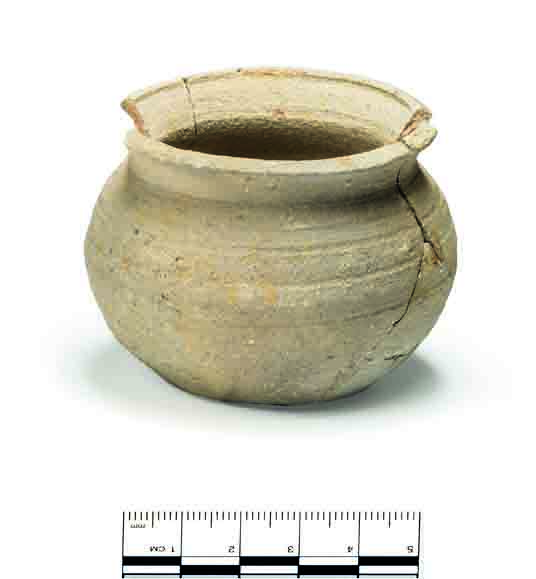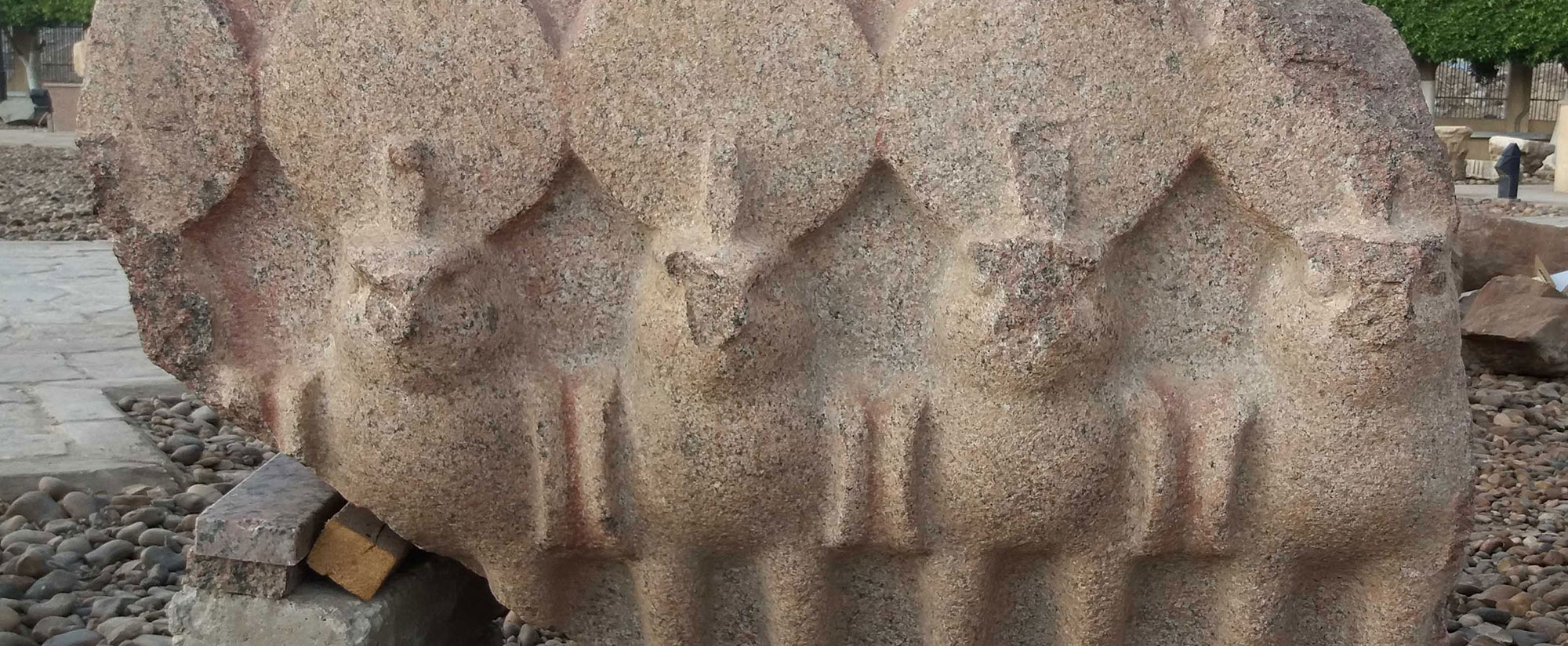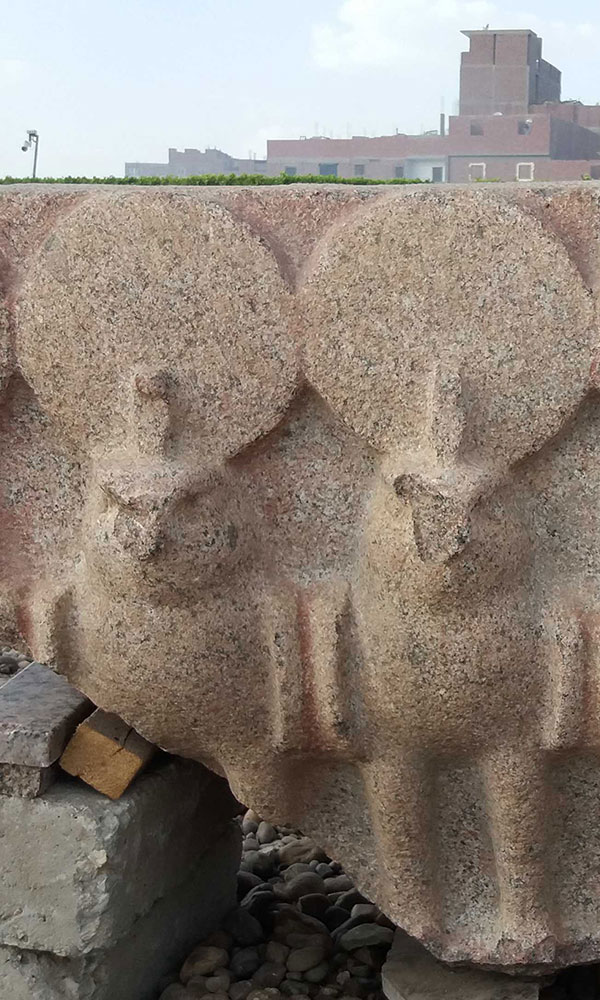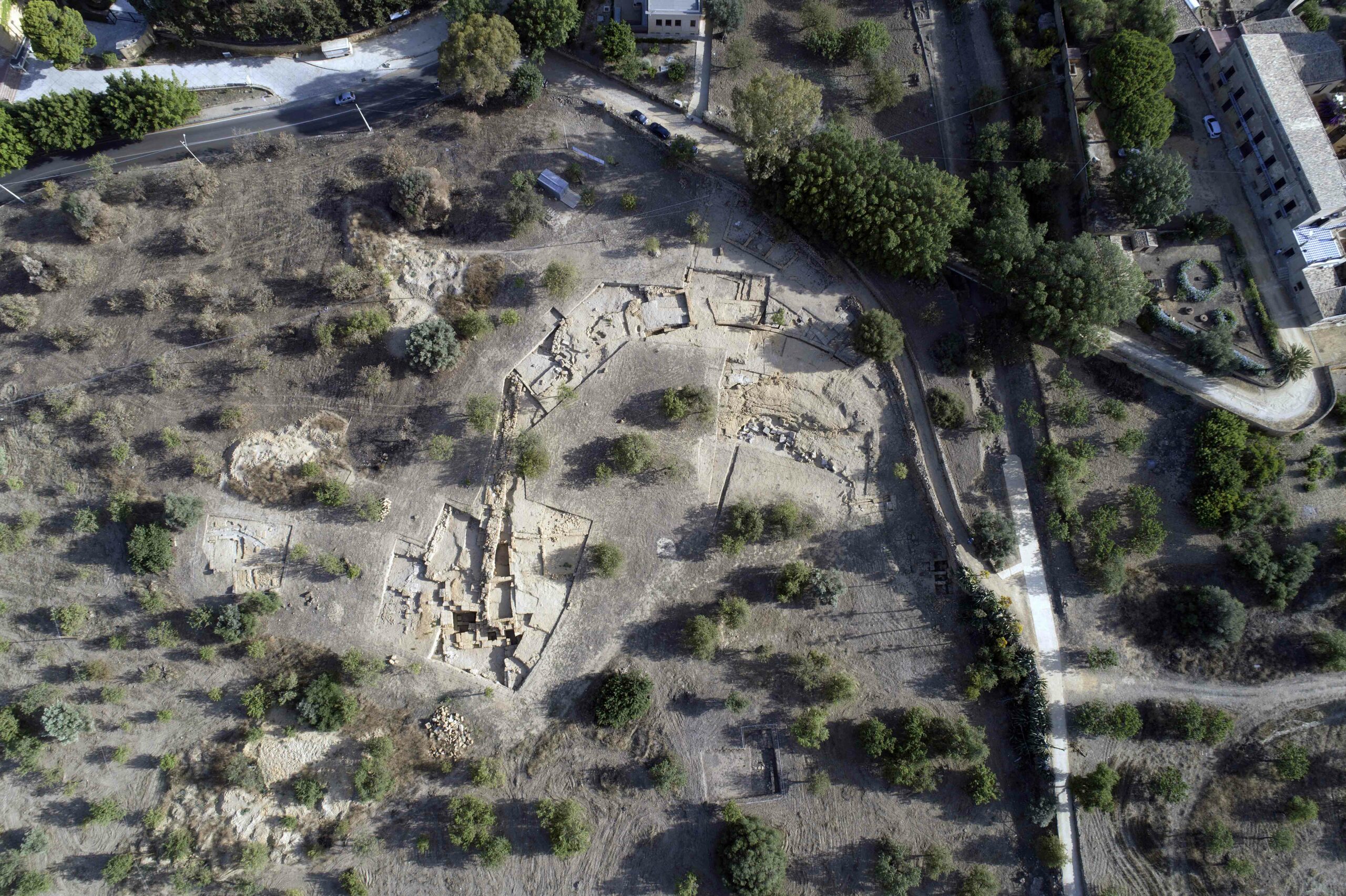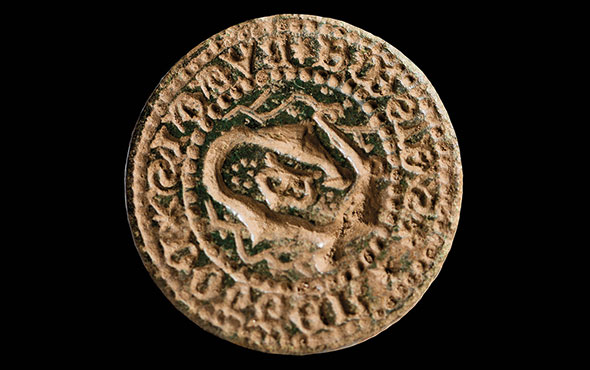
NOTTINGHAM, ENGLAND—Earth.com reports that signs of an aggressive bone disease have been found in six of the 130 skeletons unearthed at Norton Priory, a twelfth-century abbey in northwest England. Researchers led by Carla Burrell of the University of Nottingham and Silvia Gonzalez of Liverpool John Moores University analyzed proteins and genetic samples taken from the sick individuals’ bones and teeth, and determined they suffered from an unusual form of Paget’s disease. This chronic disorder occurs when new, weak bone tissue replaces old tissue, leaving it susceptible to deformities and fractures. As much as 75 percent of the bones in the skeletons of each of the individuals buried in the priory’s cemetery was affected. Some died as early as the age of 35 from the disease. People diagnosed with Paget’s disease today are typically around the age of 55 and have just one or a few affected bones. To read about a disease that killed hundreds of medieval Parisians, go to "A Parisian Plague."




